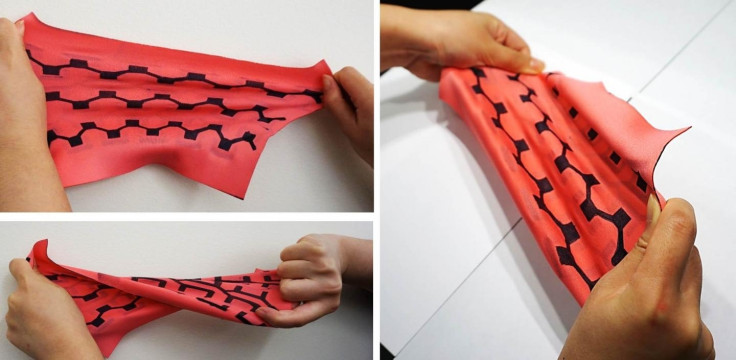Battery that stretches like a piece of fabric could soon power wearables using your sweat
This battery has been developed by researchers from the State University of New York at Binghamton.

Researchers from the State University of New York at Binghamton have developed a unique bio-battery that uses bacteria as a power source and can be stretched, twisted like a normal piece of fabric.
The textile-based battery, as the researchers say, delivered stable electricity-generating capabilities when tested under multiple stretching and twisting cycles. They believe it could one day use human sweat to power wearable devices, offering a better alternative over conventional batteries.
"There is a clear and pressing need for flexible and stretchable electronics that can be easily integrated with a wide range of surroundings to collect real-time information," said Seokheun Choi, lead author study.
The technology is sustainable, renewable, and eco-friendly and must work reliably when adopted to moving organs and parts, he added.
The stretchable battery was developed after a series of studies revolving around microbial fuel cells. Researchers previously developed paper-based batteries using the same power source, something that led them to these stretchable batteries that can work just as well.
Though the current battery is not suited for wearable electronics and could create health concerns due to microbial cytotoxicity, future developments could offer a workaround, leading to a version that would use bacteria present on the human body. According to a report in Newsweek, those bacteria could be from sweat.
Ultimately, this would result in bio-battery integrated wearable devices that would use your sweat as the power source. These devices could be smart bands, diabetic socks, and heart sensors or something as simple as gloves or socks.
"Sweat generated from the human body can be a potential fuel to support bacterial viability, providing the long-term operation of the microbial fuel cells," says a press release from the university.
The findings of the stretchable battery test are published in Advanced Energy Materials.





















